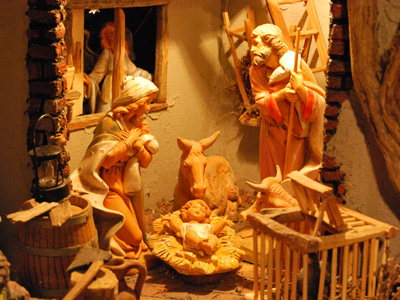
Catholicism - Catholics, Jesus and Mary
This GCSE RE quiz about Catholicism takes a specific look at Jesus and Mary. Christian devotion to the person and precepts of Jesus is probably fairly obvious and universal, but the Catholic attitude to the Holy Family (and very particularly the Blessed Virgin Mary) is probably one of the denomination’s most identifiable, yet perhaps least understood characteristics. National Geographic Magazine ~ more an anthropological than a religious source, one might broadly think ~ as lately as December 2015 featured Mary as ‘The Most Powerful Woman in the World’ (in terms of her pervasive, direct and indirect influence); other commentators outside the Roman Church (perhaps misguidedly) can seem to feel worried that Catholics are ‘worshipping Mary’ in herself. Meanwhile, the magazine reports ‘2,000 sightings of the Virgin since AD 40’ which clearly amounts to virtually one for each single year of the Christian era, or since Mary herself would have died.
Ready for more?
not all...
quizzers. Try to win a coveted spot on our Hall of Fame Page.







